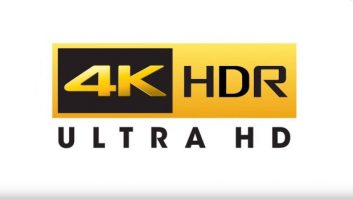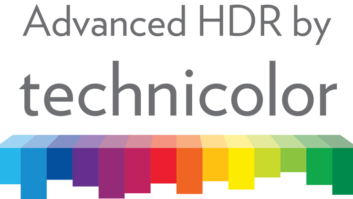The European Broadcasting Union (EBU) has published the results of its project looking at the reliability of HDR converters in highlight compression.
Currently, for live production static (mostly LUT-based) HDR to SDR converters are most commonly used, said the EBU. This approach creates high-quality, predictable results and is used worldwide.
However, static converters are inherently conservative, said the organisation. Instead of adapting to the picture’s content, they tend to map an incoming pixel value to a pre-defined (static) output value. Dynamic converters take into account the whole image and adapt their conversion strategy based on it. They may also take into account multiple frames and provide, for example, shot-based specific conversions, added the EBU.
The test results show that dynamic converters can outperform static converters in terms of highlight compression and gamut correction, as well as introducing noise amplification, temporal overshoots and changes in graphics levels.
Further work is required to understand interoperability issues between different dynamic and/or static converters, said the EBU.







